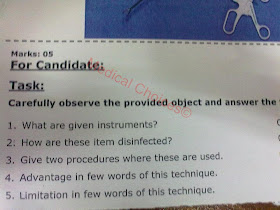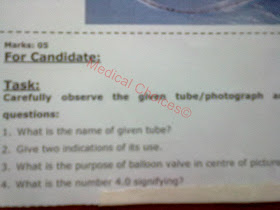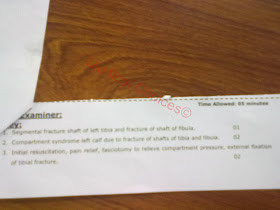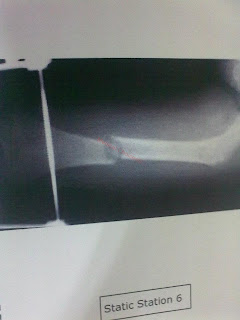A brain tumor is a growth in the brain that may be benign (non-cancerous) or malignant (cancerous). Both a benign and malignant tumor can cause symptoms because the tumors' growth takes up space and causes pressure and compression on vital nerve tissue. Review these symptoms to detect if you have any of the warning signs of a tumor and learn more about the cause, diagnosis and treatment.
Brain Tumor Signs And Symptoms
The most common symptom is a headache. 90% of those with a tumor in the brain will experience a headache during the course of the illness. The headache may be described as a an intermittent (off and on) deep ache, or pressure. It is not usually described as throbbing. The headache may be increased by coughing, straining, or changing positions (i.e. standing to lying down). Headaches caused by tumors are usually more intense in the morning at the early stages of tumor growth.
Other symptoms of brain tumor may include nausea and vomiting (some persons may vomit without any preceding nausea), sudden changes in vision (i.e. double vision), memory lapses, changes in personality, or seizures.
Tumor Cause, Diagnosis and Treatment
There is no known cause for primary brain tumors (tumors that originate in the brain) and most tumors of the brain have spread (metastasized) from cancer elsewhere in the body.
The aforementioned symptoms may be noted and should be evaluated by a physician so a proper diagnosis can be made. The evaluation may include a physical examination and specialized tests such as CT or MRI scans, or EEG (electroencephalogram instrument records brain activity).
Tumors of the brain are treated by surgically removal if possible (inoperable brain tumors can not be removed because they are too large or in an inaccessible area). Radiation treatments or chemotherapy may also be considered as treatment options.





















































































































